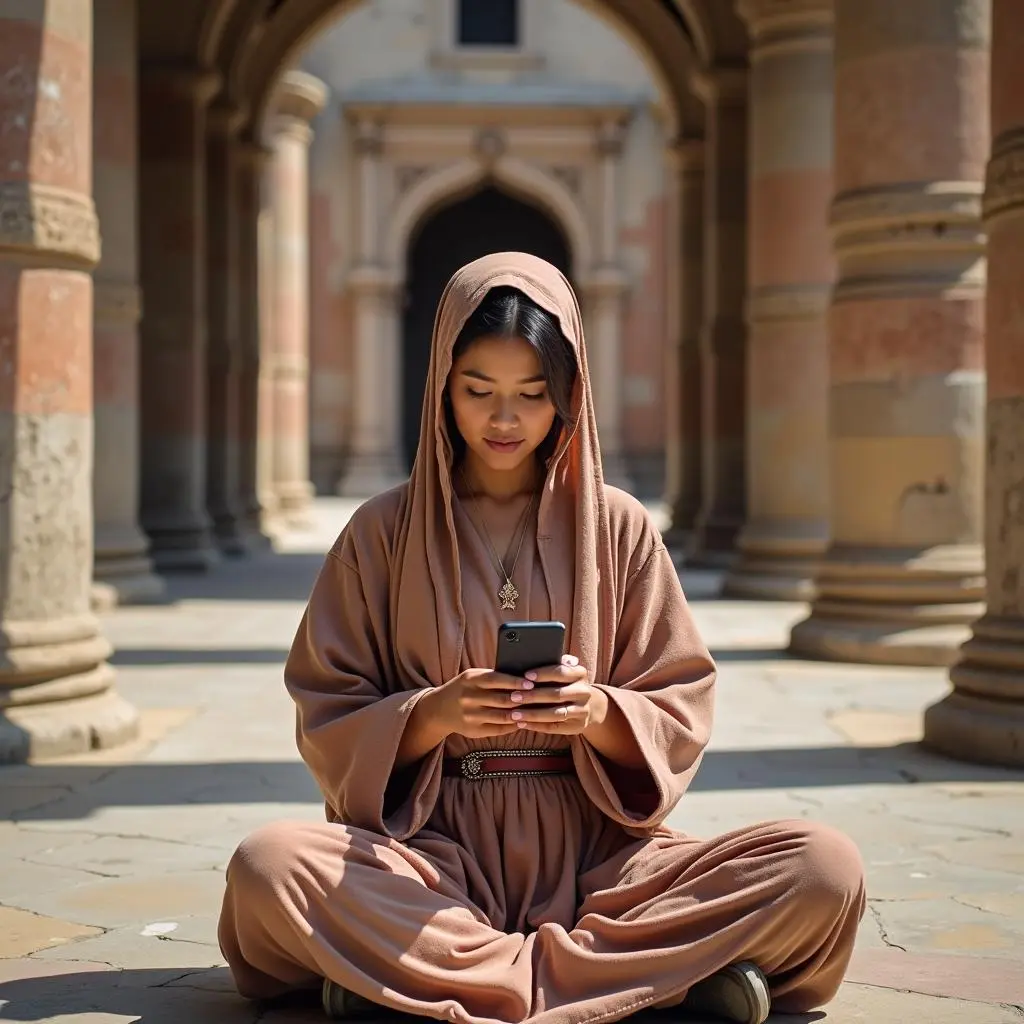Cultural Heritage vs. Global Progress: A Necessary Balance?

Cultural heritage forms the backbone of societies, providing a sense of identity, belonging, and continuity. Traditions, languages, and practices passed down through generations shape our perspectives and values. However, as the world becomes increasingly interconnected, the question arises: How can we preserve cultural heritage while embracing global progress?
Global progress often challenges traditional norms, introducing modern technologies, ideologies, and economic structures that may conflict with established practices. This can lead to fears of cultural erosion or homogenization, where smaller or indigenous cultures struggle to maintain their uniqueness in a rapidly globalizing world.
The balance lies in mutual respect and understanding. Preserving cultural heritage does not mean resisting change but integrating progress in ways that honor diversity. Educational programs that emphasize the importance of both heritage and global collaboration can help societies adapt without losing their essence.
Governments, international organizations, and local communities play pivotal roles. Policies that protect cultural sites, languages, and traditions while promoting innovation and global cooperation are essential. Technology can also aid in preserving cultural heritage, allowing younger generations to connect with their roots while participating in a globalized economy.
The future depends on finding this balance. By valuing cultural diversity as a strength and fostering collaboration, humanity can achieve progress that respects its rich and varied heritage, ensuring that no culture is left behind in the pursuit of global unity.
The future depends on finding this balance. By valuing cultural diversity as a strength and fostering collaboration, humanity can achieve progress that respects its rich and varied heritage, ensuring that no culture is left behind in the pursuit of global unity.
